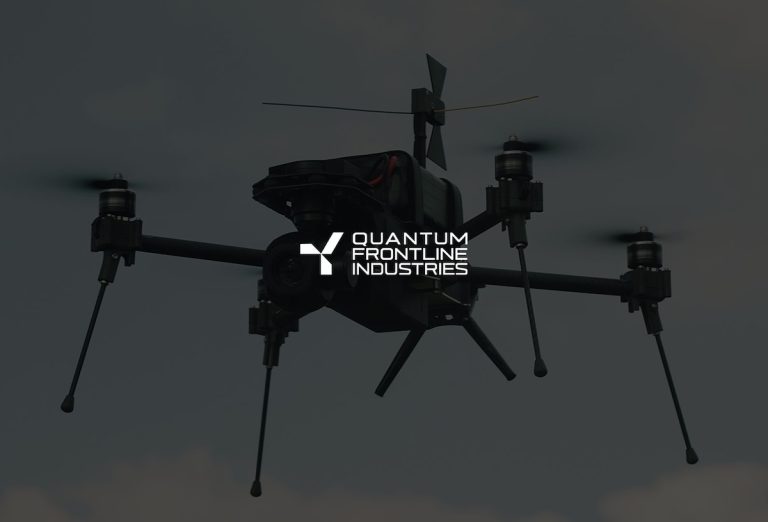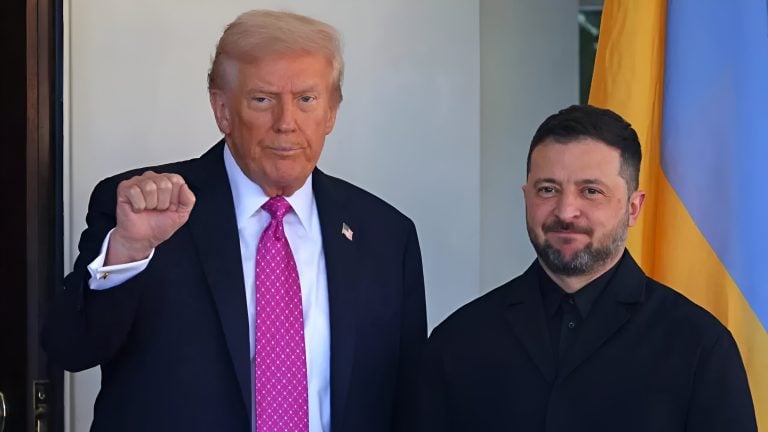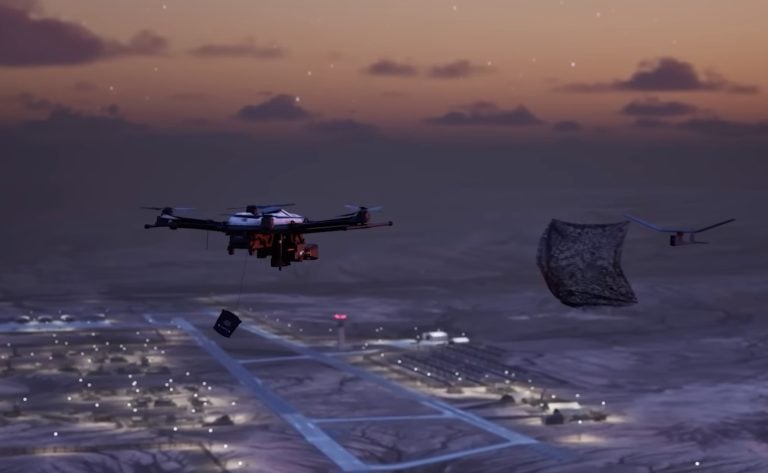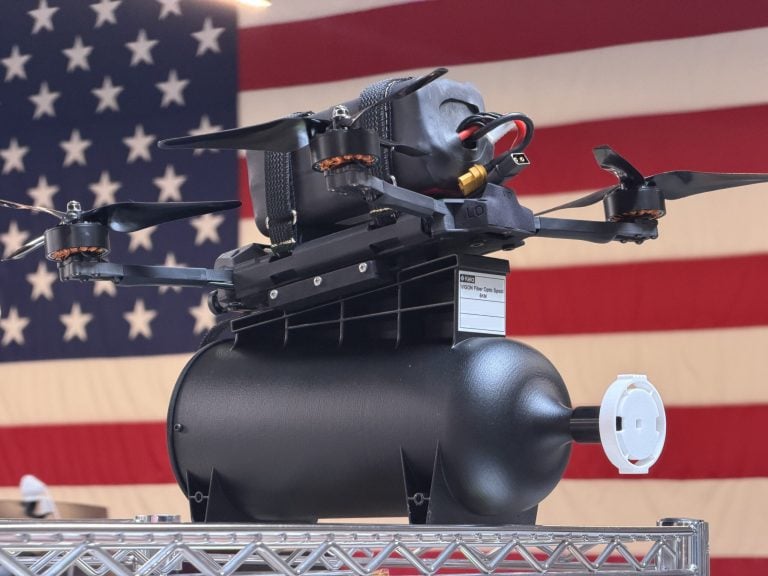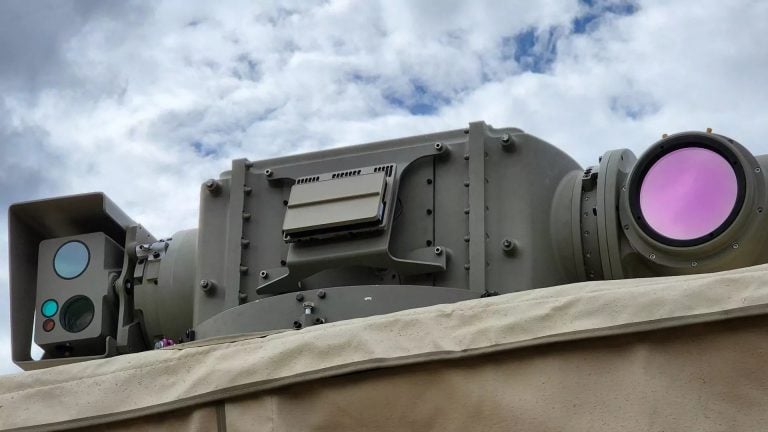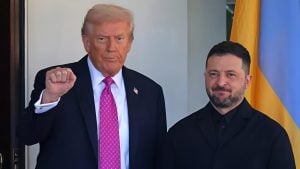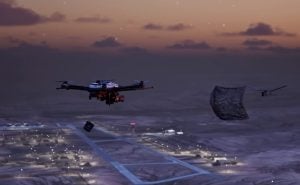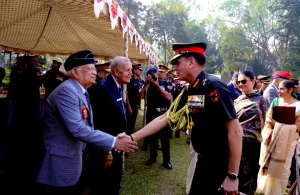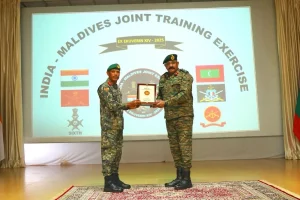In a dramatic escalation of hostilities, Russia launched a series of aerial attacks on Ukraine shortly after the conclusion of a fragile 30-hour Easter truce. The renewed strikes, confirmed by both Russian and Ukrainian officials, come at a time when hopes for a broader ceasefire, expressed by former U.S. President Donald Trump, diminish rapidly.
The Russian military announced the continuation of its operations, emphasizing that the end of the ceasefire marked a resumption of its “special military operation.” This statement, framed in their terminology for the ongoing conflict, underlines the standoff between the two nations, which both accuse each other of multiple violations of the ceasefire declared by President Vladimir Putin, citing “humanitarian reasons.”
In the moments following the truce’s expiration at midnight local time on Sunday, reports from Ukrainian officials indicated renewed assaults involving drones and missiles in various regions, particularly Dnipropetrovsk, Mykolaiv, and Kherson. Governor Sergiy Lysak of Dnipropetrovsk reported drone activity leading to property damage, including a fire at a local food establishment, though no injuries were reported. Ukraine’s air force claimed to have intercepted 42 Russian attack drones during a nighttime offensive.
Prior to the hostilities, the brief truce appeared to have lessened the intensity of fighting, despite accusations from both sides of ongoing violations. Ukraine’s President Volodymyr Zelensky noted that while air attacks had ceased, Moscow was still conducting extensive frontline raids. In contrast, the Russian defense ministry asserted it had countered Ukrainian assaults and highlighted a noticeable reduction in fire intensity from the Ukrainian side.
The ceasefire’s announcement followed Trump’s commentary suggesting he would withdraw U.S. efforts to mediate peace unless both parties pursued a resolution. He expressed optimism about reaching a deal in the near future but offered no specific details about what that might entail.
Zelensky responded to the ongoing conflict by proposing a new ceasefire initiative aimed at halting long-range attacks on civilian infrastructure. However, Kremlin spokesperson Dmitry Peskov indicated that Putin had not extended the temporary truce.
Meanwhile, China’s foreign ministry expressed support for any measures aiding in a ceasefire and called for negotiations to resolve the crisis. This follows accusations from Ukraine earlier in the week that China was supplying arms to Russia and involving its nationals in the conflict—a claim Beijing has denied.
In both Kyiv and Moscow, public sentiment about achieving lasting peace remains skeptical. Ukrainian citizens like 39-year-old Volodymyr Yaroslavsky expressed doubts about Russian assurances for a halt to fighting, fearing that while some military actions may pause temporarily, the underlying conflict may persist. Meanwhile, sentiments in Moscow reflected a strong resolve for Russia to maintain its power without making significant concessions, emphasizing that strength is essential for their future security.
As the situation unfolds, the international community watches with bated breath, hoping for dialogue but acknowledging the deep-seated complexities that mar the path to peace.




